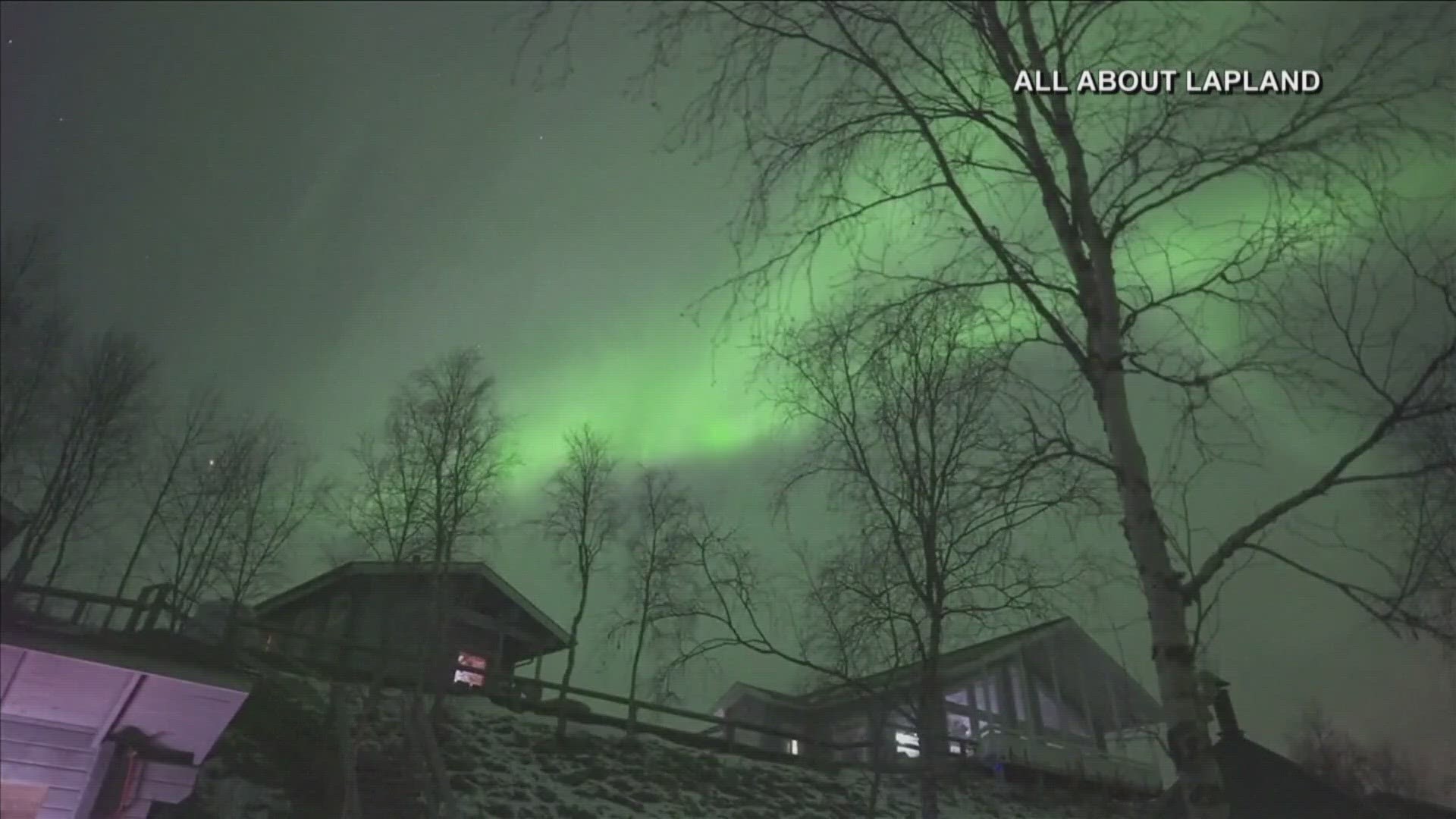PORTLAND, Maine — Seeing the aurora borealis, also well known as the Northern Lights, is a once-in-a-lifetime experience, and we should have a better chance to see it soon.
The Northern Lights, like most of our weather, happen because of the sun.
An eruption on the sun disrupts Earth's magnetic field and interacts with our atmosphere. Those interactions with other elements in our atmosphere give us the different colors in the sky—the Northern Lights.
The aurora oval is always present at higher latitudes, but these solar eruptions cause the oval to expand and move further south. That's why we've seen the aurora more often.
NOAA Space Weather Prediction Center Program Coordinator Bill Murtagh says the poles of the sun switch polarity every 11 years, which results in more sunspots, and more aurora.
"We're seeing this increase in sunspots now and we're going to see more and more of these eruptions over the next several years. And then the poles reestablish, north and south, things quieting down, and we'll go through several years with hardly any eruptions. With more sunspots means more eruptions. With more eruptions means more Northern Lights. It's as simple as that," Murtagh explained.
Solar activity is expected to reach its peak sometime in the next two years, meaning more chances to see the Northern Lights.
The NOAA Space Weather Prediction Center has a website where you can get a general idea of when they will be visible next.
They don't have the forecast down to the hour, but the sun is 93 million miles away, so the fact that we have a forecast at all is quite a feat.

